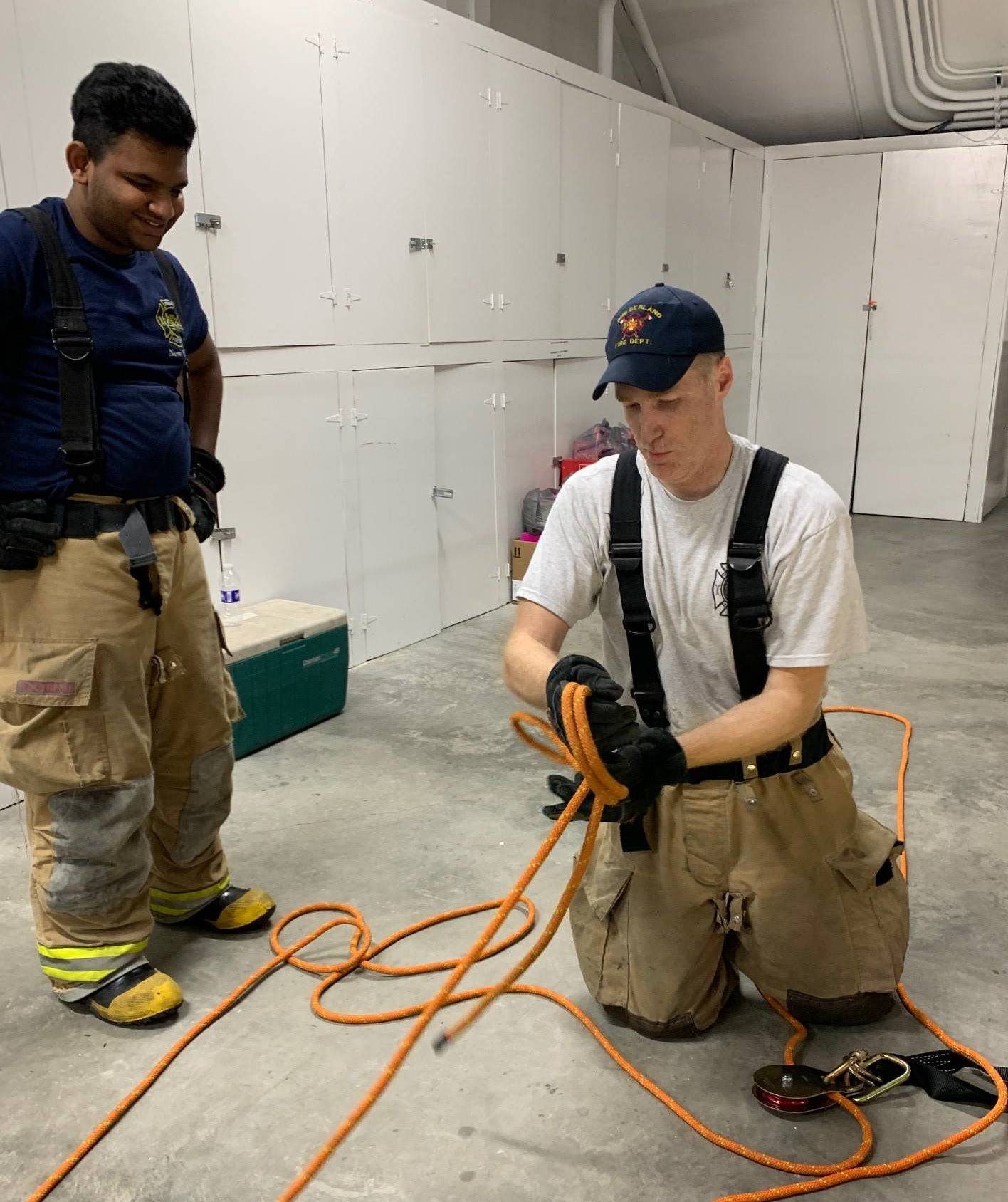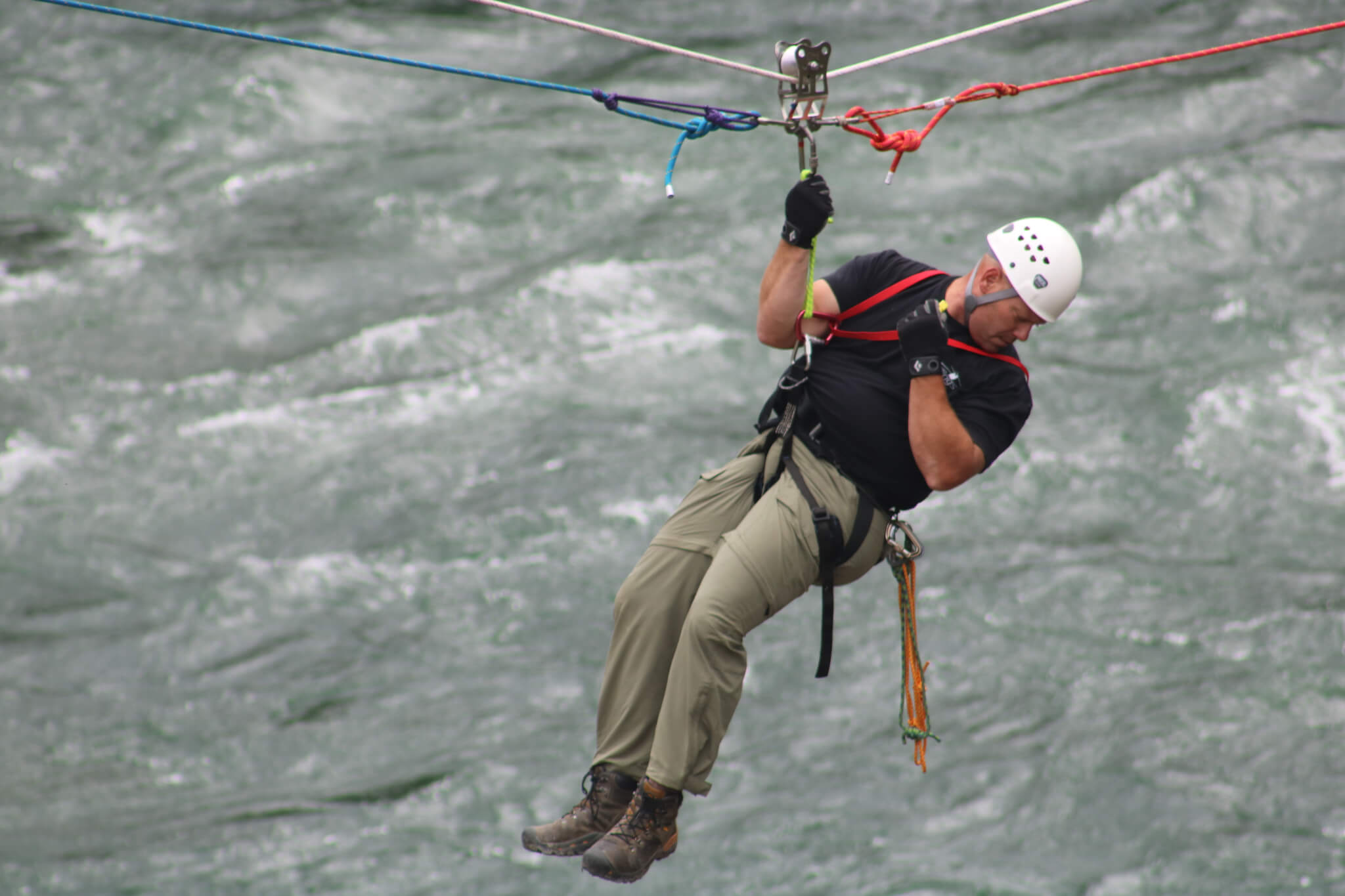
Equipment must be simple to access and easy to use to support the best possible outcome. In an emergency situation, training is vital to overcome fear and switch into an automatic response where time is not wasted. Utilised only by those trained and authorised in their use, this becomes a vital ingredient in effecting any rescue. Rescue equipment must comply with industry guidelines, standards and utility needs. Whether in a dedicated substation environment or at a switchboard bank in an industrial plant room facility, rescue kits can assist save lives and prevent death.įor overhead power lines, rescue and working at heights are synonymous. Even for workers operating in de-energised environments, best practice may consider the need for rescue kits as a must. An essential safety requirement where any worker may be exposed to live electrical apparatus. Low voltage switchboard rescue kits are industry standard. Each kit has been tailored to suit the specific application. Currently only available when purchasing DJI Mavic 3 Enterprise Series.Assembled utilising leading brands and quality hardware. Caution is recommended when flying in hazardous environments.Ĩ. Common sources of electromagnetic interference include high-voltage power lines, high-voltage transmission stations, radar stations, cell phone base stations, broadcast towers, Wi-Fi hotspots, routers, Bluetooth devices, etc.ħ. Please pay attention to flight safety when flying near electromagnetic interference sources. Low ambient light may cause the vision system to not work properly. Do not fly in specular reflective areas such as water or snow to ensure proper operation of the visual positioning system, and fly in a well-lit environment when GNSS signals are weak. Do not take off on moving surfaces (e.g., moving cars, boats). Do not fly in an environment below -10° C (14° F) or above 40° C (104° F). Do not fly at altitudes above 6000 meters. Please do not fly in bad weather such as high wind (wind speeds 12m/s and above), snow, rain, lightning, fog, etc. At a GSD of 5 cm, with an 80% front overlap rate, a 60% side overlap rate, and a flight speed of 15 m/s.Ħ.



Please pay attention to the DJI Pilot 2 App for return flight tips when actually flying.ĥ. In this article, I will review a simple method of accessing an injured patient with a low angle rescue element involved. Measured at 32.4 kph uniform speed at sea level in a windless environment. Low Angle Rescue: A Quick, Simple and Effective Approach. Otherwise, the camera sensor may be burned leading to permanent damage.ģ.

DO NOT expose the thermal camera lenses to strong sources of energy such as the sun, lava, or a laser beam.


 0 kommentar(er)
0 kommentar(er)
